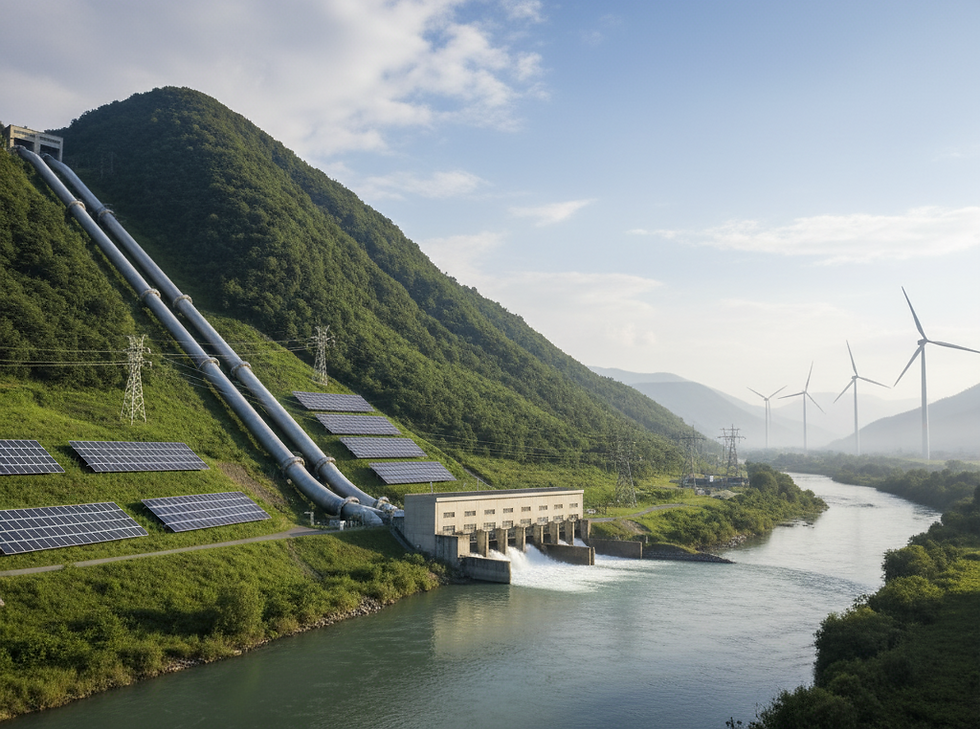We need to paint the desert green
- Comunicaciones Suncast

- 24 jul 2022
- 2 Min. de lectura
Ten years ago, while the world was experiencing a ‘fever’ for renewable energy sources and the first big concrete steps were taken to decarbonize the global economy, the Middle East was not even on the picture. Investments and projects were incipient.

However, interest grew as sustainability ceased to be a trend to become one of the essential requirements for doing business worldwide, so that the economies of that region, completely petrolized, had no choice, so they started to plain how to paint the desert green.
This trend also required projects based on innovation, which make the operation of generating plants more efficient, such as Suncast, which applies artificial intelligence in tools for the predictability of operation and maintenance of solar photovoltaic and wind power plants.
In this context, and according to the International Renewable Energy Agency (IRENA), despite the strong potential of resources throughout the Middle East region, in 2015 almost 80 percent of the growth of non-hydroelectric renewable energies was concentrated in only four of the 22 Member States, and renewables constituted only six percent of the total installed electricity generation capacity. However, current trends show that the renewable energy landscape is evolving rapidly and significant progress has been made.
In 2016, $ 11 billion was invested in renewable energy development across the Arab region compared to $ 1.2 billion in 2008, or a nine-fold increase in just eight years.
The IRENA report details that today, several countries in the region are among the world pioneers in the development of renewable energies. Recent auctions resulted in world record solar energy prices, including $ 17.8 per megawatt-hour (USD / MWh) for the Sakaka project in Saudi Arabia, $ 24.2 and $ 29.9 / MWh in Abu Dhabi and Dubai. , respectively
In this way, the region recognizes the socioeconomic benefits of the deployment of renewable energy, which is perceived as an opportunity for industrial diversification, new value chain activities, and technology transfer. Based on this initiative, Morocco has developed a local industry through capacity building for solar water heaters to create 13 thousand new jobs. In addition, the world's largest concentrated solar power plant (CSP) in the Ouarzazate territory meets 42 percent of the requirements of its local national manufacturing plant.

The ambitious goals set by all the countries in the region are expected to translate into a combined total of 80 GW of renewable capacity by 2030 based on national plans to meet the ambitions of the countries, the establishment of political and regulatory frameworks, technical and economic measures that enable the expanded deployment of renewables will be imperative, as highlighted in a series of IRENA country-specific assessments through renewable energy readiness assessments and / or renewable energy roadmaps and the engagement of multiple stakeholders at the regional level, to advance the creation of an integrated energy market around the world. the region, reflected in the Pan-Arab Clean Energy Initiative (PACE).
Against this background Suncast has a great opportunity. During her visit to ExpoDubai, Constanza Levicán, CEO and founder of Suncast, exposed to members of the energy community in that region the Artificial Intelligence tools that we have developed, arousing great interest in the high level of efficiency that can be achieved.

.png)




Comentarios